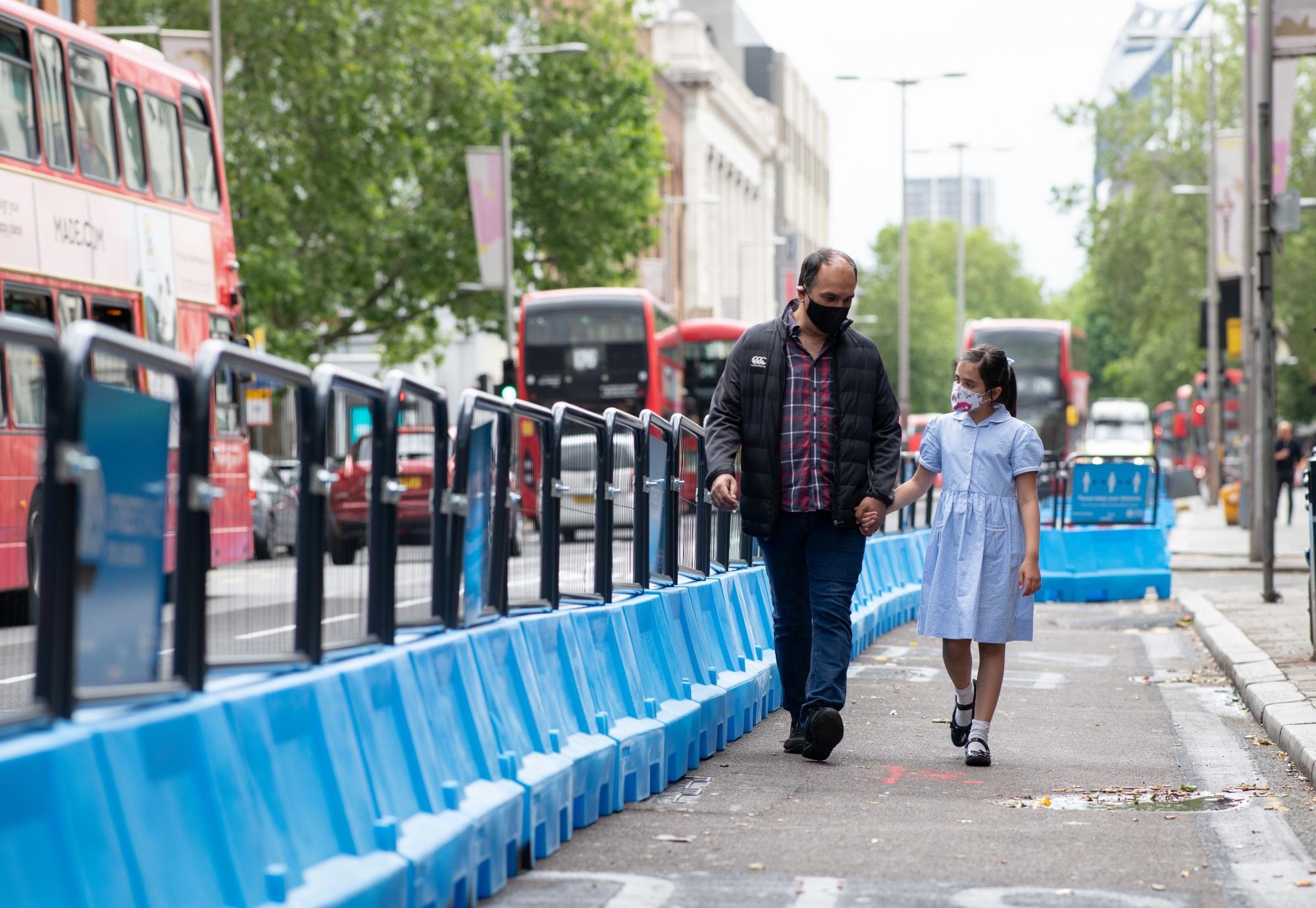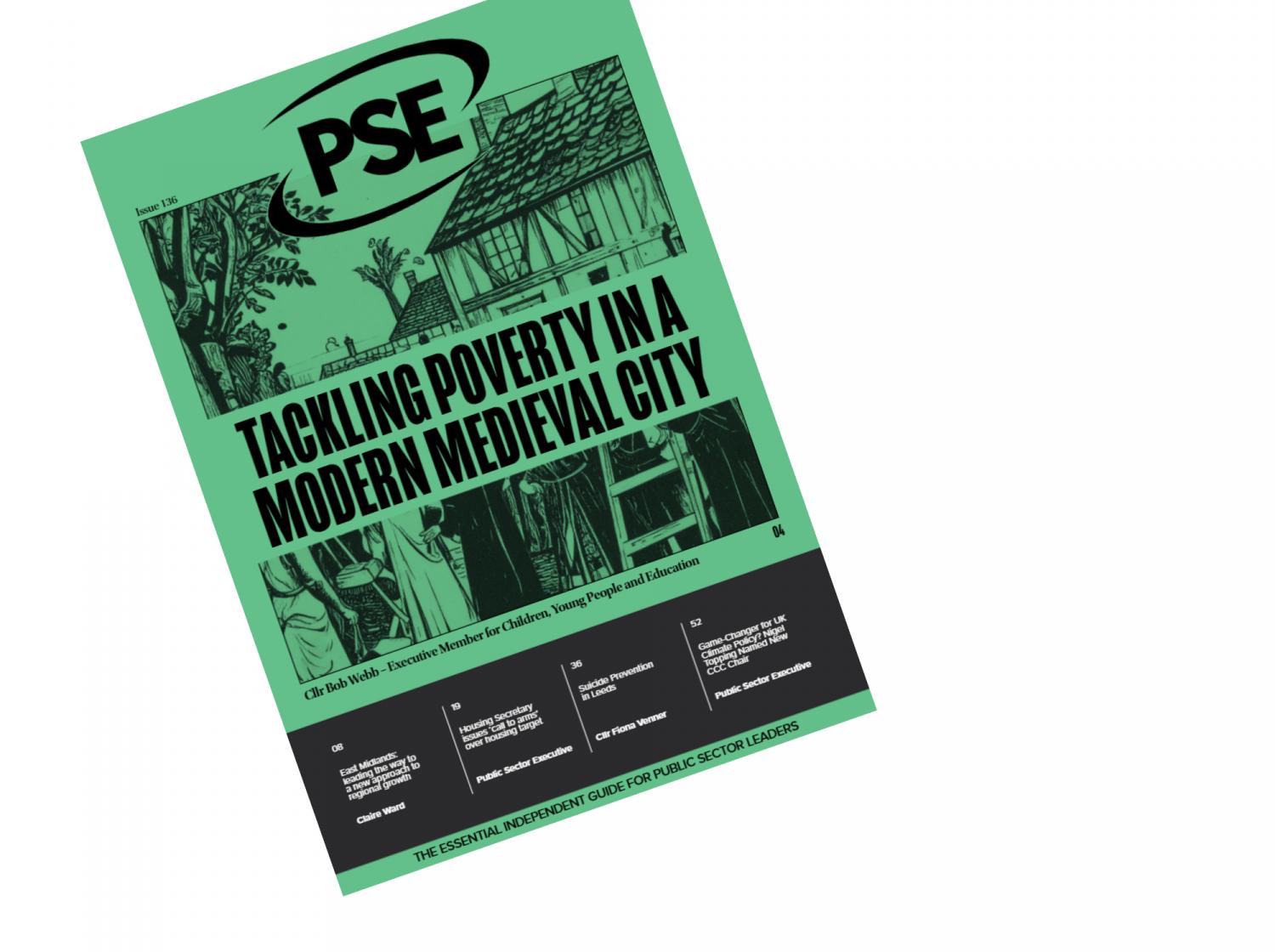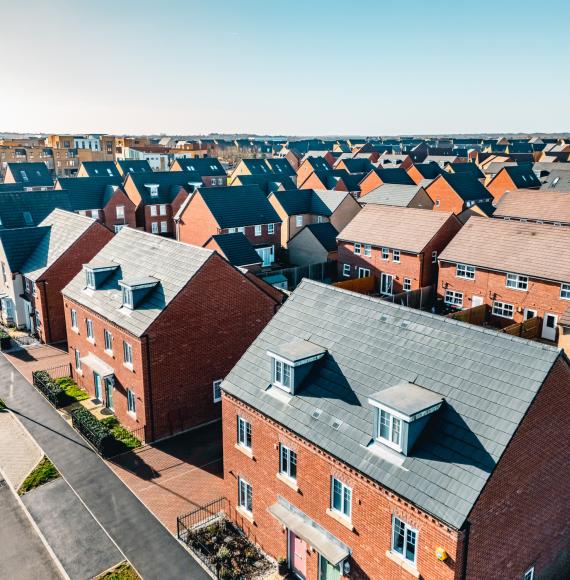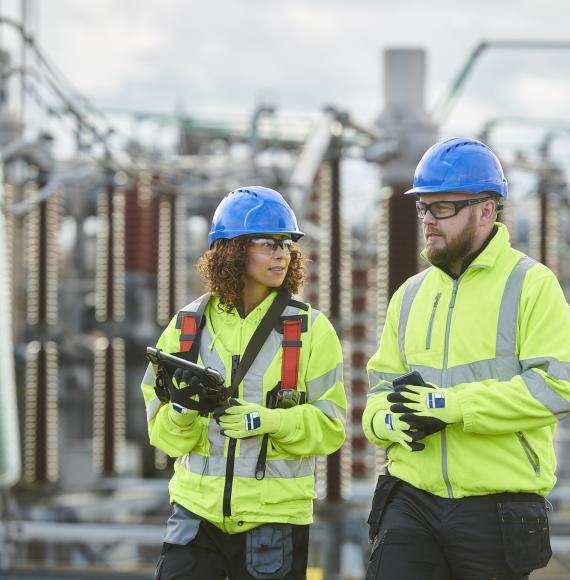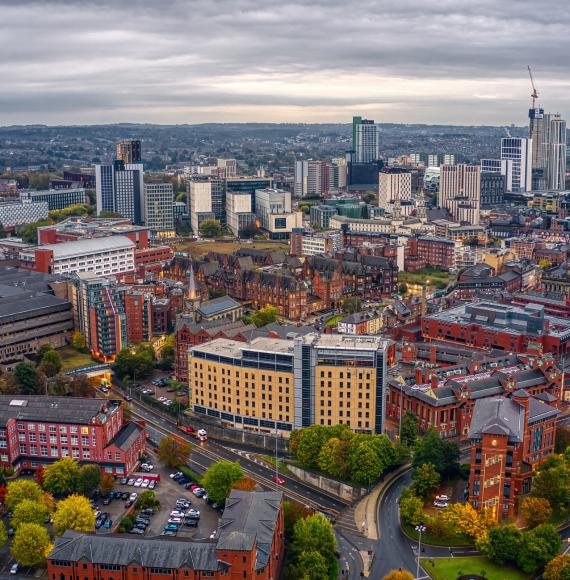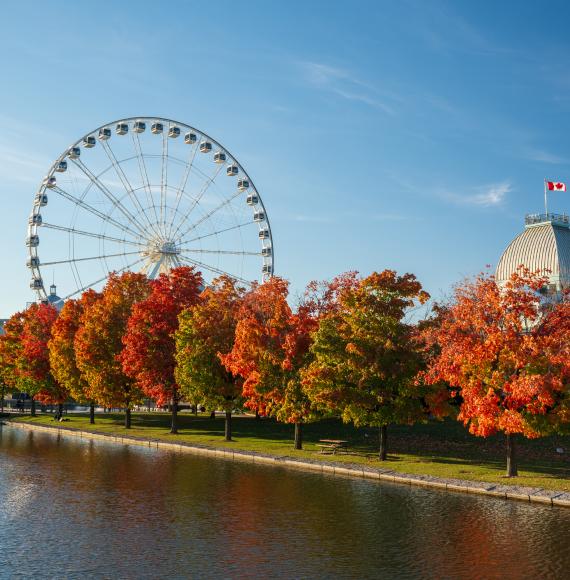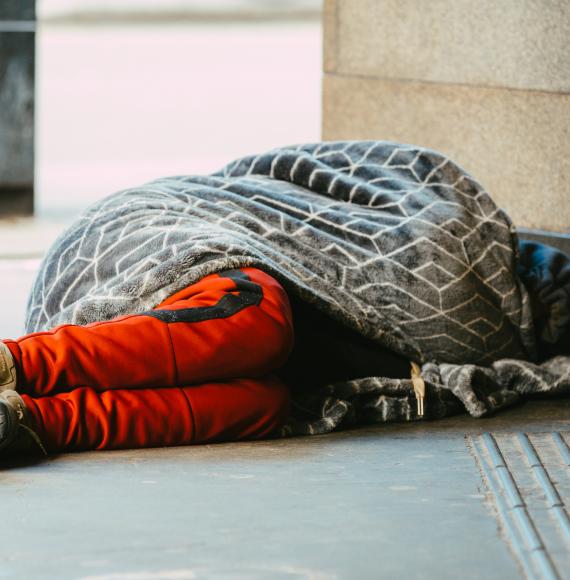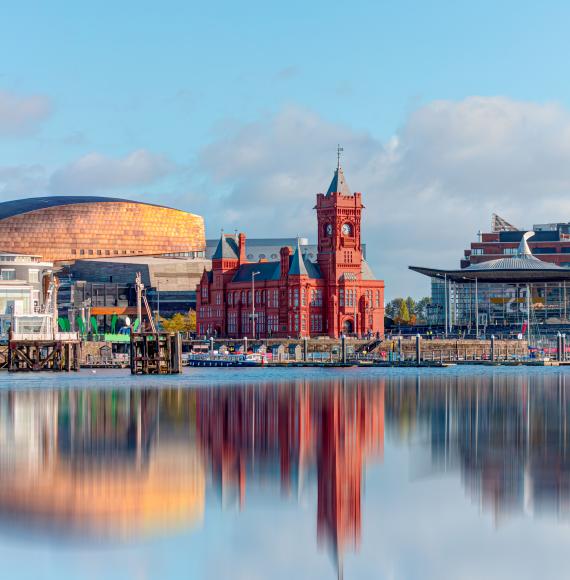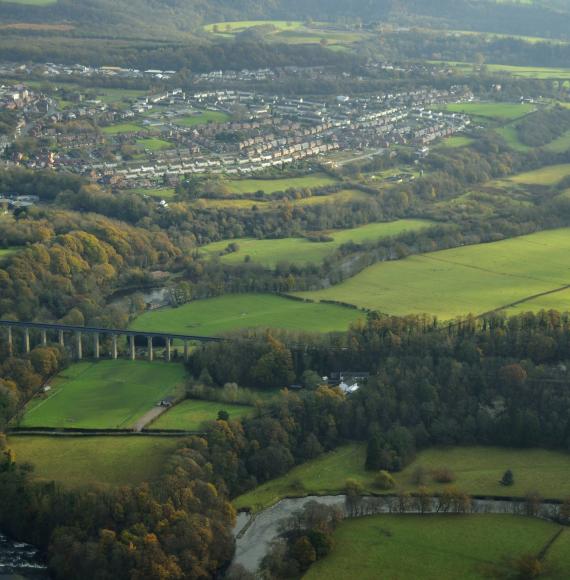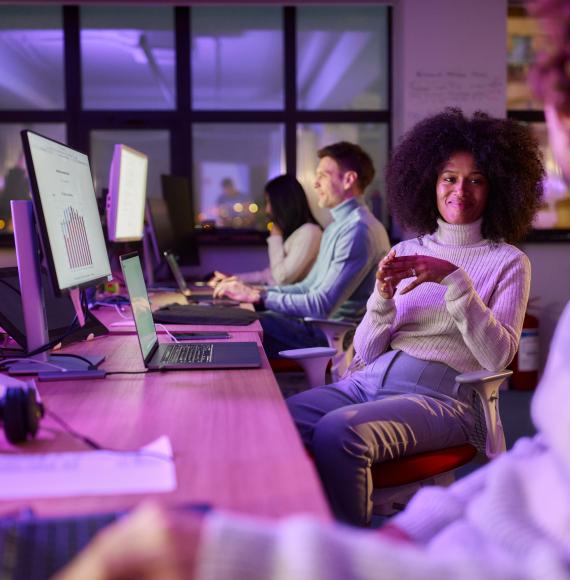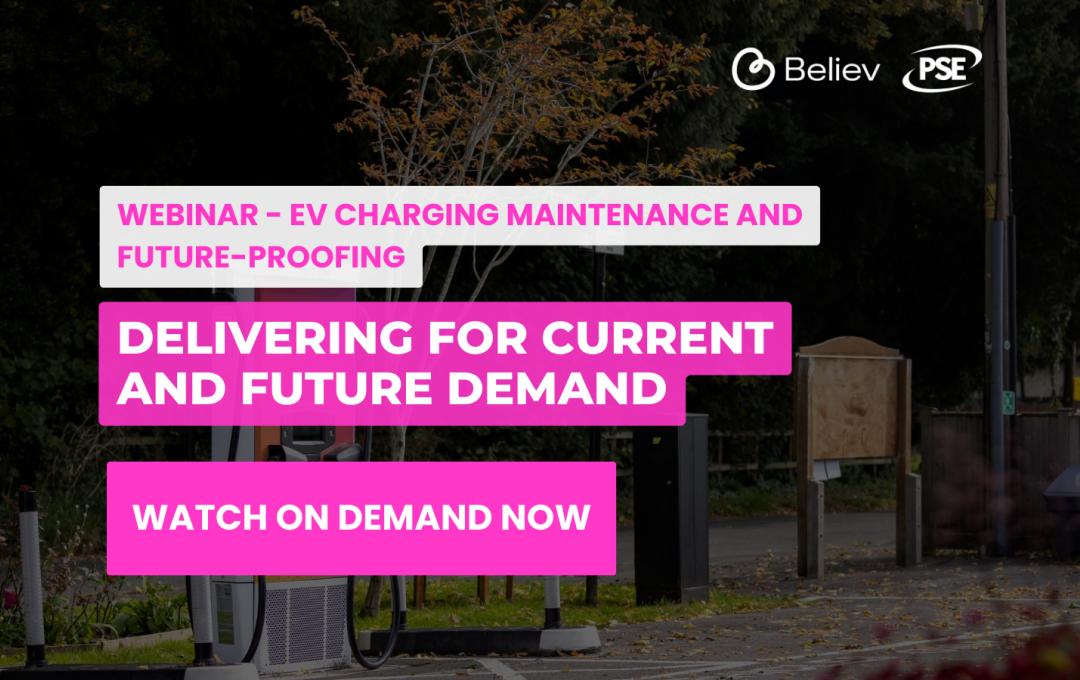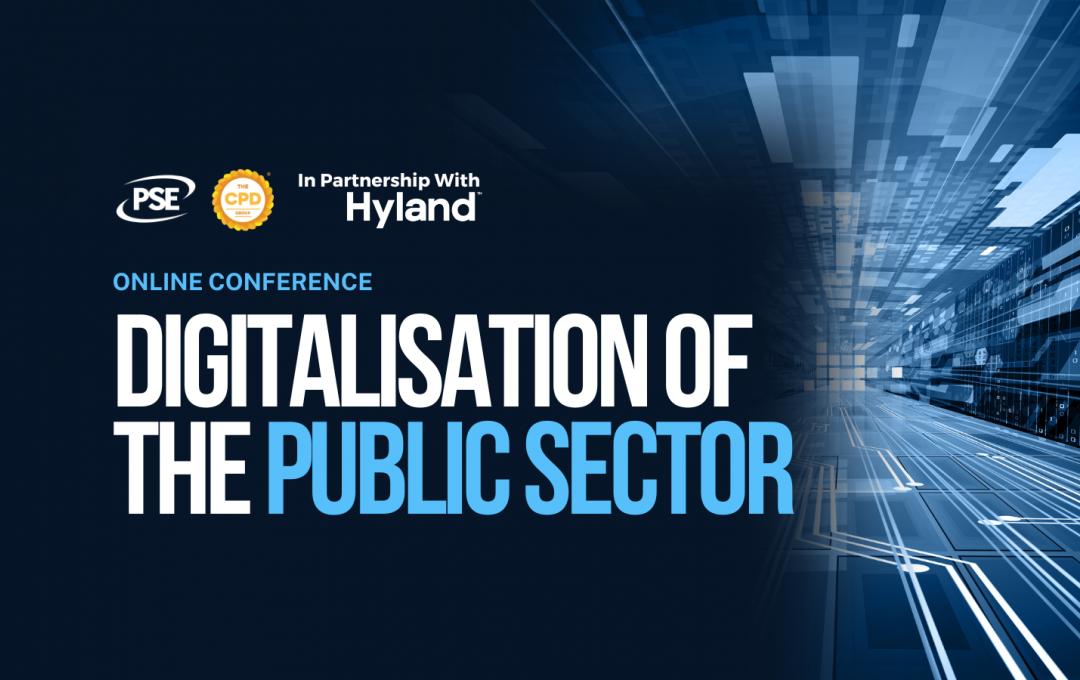Gareth Powell - TfL Managing Director for Surface Transport
When most people think of London, the first image that springs to mind is of a double-decker bus. They’ll think of our busy, vibrant Tube stations or perhaps one of London’s iconic black cabs. Most of all, though, people are likely to think of our roundel, which has come to symbolise our city for decades, embraced by many Londoners in times of celebration and in times of crisis.
Simply put, TfL’s public transport network is at the heart of London’s identity. Our services are fundamental to London’s social, economic and environmental health.
Today, our network will look unrecognisable to many. We’ve been working closely with the Government and Mayor as part of the national effort to fight the coronavirus, rapidly reducing passenger numbers to levels not seen in a century. Throughout the pandemic, our staff have played a heroic role, ensuring NHS and care staff have been able to get to work and save lives.
We’re doing everything we can to return bus and Tube services to normal levels as soon as possible, despite many of our staff still being ill, shielding or self-isolating. Even if we were back to operating 100% of services, however, social distancing remains a significant challenge. The number of people we are safely able to carry on the Tube remains drastically reduced, to around 13 – 15% of our usual capacity.
Across the country, enabling social distancing to happen on public transport requires a monumental effort from everyone. Public transport must only be used when absolutely necessary and people should walk, cycle and shop locally to relieve pressure on the network.
In London, up to eight million journeys a day will need to be made by other means. If people switch only a fraction of these journeys to cars, London will grind to a halt. Essential deliveries and emergency services will be stuck in gridlock and Londoners will once again be exposed to toxic traffic fumes and rising levels of road danger.
Our economic recovery will be choked off.
That is why more active forms of travel are at the forefront of our thinking. We are working on a radical solution – our Streetspace for London Plan – which is fast-tracking the transformation of London’s streets to enable millions more people to safely walk and cycle. Changes are being rolled out at pace to make an instant difference. Changes are being rolled out at pace to make an instant difference. We’re creating new and improved cycle lanes on some of London’s busiest streets – including Park Lane – and have added more than 15,000 sq m of extra space for pedestrians and cyclists, as part of our ambition to turn central London into one of the largest car-free zones in any capital city.
We're working with London's boroughs to identify places where temporary changes are needed to support walking and cycling.
Our joint work has already led to significant improvements, from Camden Town to Brixton and beyond. We’re also reducing traffic on residential streets, creating low-traffic neighbourhoods right across London so more people can walk and cycle as part of their daily routine.
An initial 1,000 extra cycle parking spaces are being installed across London, focused around busy areas like high streets and transport hubs. Since March, we’ve delivered 5km of new and improved cycle lanes. Over the summer, another 60km will be added to our ever-expanding Cycleway network.
We’re encouraging people to cycle where possible to aid London’s recovery from coronavirus, and it’s clear that Londoners are listening. Records for Santander Cycle hires are being routinely smashed in recent weeks, with a sharp increase in new users.
The last week in May was the busiest ever in the 10-year history of our Cycle Hire scheme. A total of 132,979 Santander Cycles were hired, surpassing our previous best week in July 2015.
We’ve already opened five Cycle Hire hubs to cater for the additional demand and we’re exploring all other options – including more bikes and more hubs – to ensure as many Londoners as possible can benefit from the scheme.
In the short term, our active travel planning will enable Londoners to maintain the social distancing that is required to prevent an increase in coronavirus infections. It will also enable Londoners to get the daily physical activity that is recommended for good health.
In the longer term, streets that encourage Londoners to switch to walking and cycling will reduce the number of vehicles contributing to air and noise pollution. This will lead to a healthier London population, with a reduction in the number of people with health conditions such as heart and lung disease and cancers associated with physical inactivity and exposure to poor air quality. Improving our collective health is important to reduce the proportion of Londoners who are susceptible to more severe coronavirus symptoms. It’s also one of the ways that we will help tackle the climate emergency.
With the Streetspace for London Plan, we are creating changes in days that would normally take years. Right now, we’re using cones and signs to temporarily extend space for walking and cycling. But if Londoners like the changes, and enjoy the environmental and health benefits, we will look at making some of them permanent.
The last few months have been extraordinarily difficult for all of us and it’s clear that we will need to come out of this crisis in a radically different way.
Now, as we focus on doing our utmost to help London recover – socially and economically – we are asking Londoners to reimagine their city and reimagine their journeys.
We’re asking people to continue staying at home wherever possible. Walk or cycle if you’re able to, freeing up space on public transport, ensuring that those who have no choice but to return to work in central London can do so as safely as possible. Our road to recovery cannot be clogged with cars. That’s why we all need to what we can to contribute to a greener, cleaner and healthier future for London.

